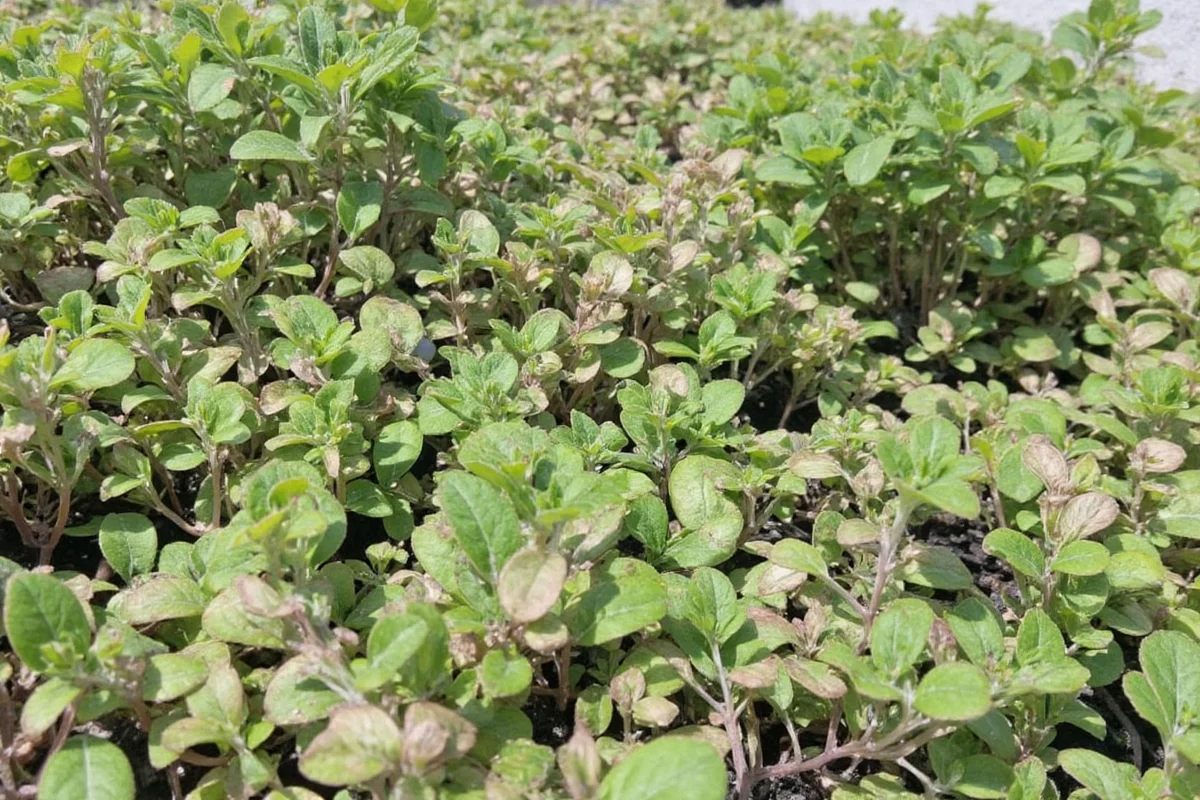Ladyfinger cactus, scientifically known as Echinopsis chamaecereus, is an intriguing and versatile plant that appeals to both novice growers and seasoned cactus enthusiasts. This article delves into all the essential aspects you need to know about this charming succulent, ranging from its origins to care requirements, propagation, and common challenges. Read on to discover how to cultivate and enjoy the quirky beauty of the ladyfinger cactus.
Origin and Description
The ladyfinger cactus hails from the mountainous regions of Argentina, where it thrives in rocky terrains. Its natural habitat contributes to its resilience and adaptability, making it a popular choice for home gardens worldwide. The plant is renowned for its elongated, finger-like stems that give it its descriptive name. These stems typically grow to around four inches in length and are covered in soft, white spines, providing a delicate, furry appearance. They cluster together, creating a textured visual appeal that adds an exotic touch to any collection.
Beyond its physical attributes, the ladyfinger cactus blooms vibrantly scarlet flowers, usually during the springtime. These blossoms contrast beautifully with the green stems and add a splash of color that enhances their ornamental value. The plant’s growth pattern is generally cylindrical, with each stem developing individually from a base that might expand over time, forming dense clumps.
- Native Habitat: Mountainous regions of Argentina
- Stems: Finger-like, cylindrical, covered with soft spines
- Flowers: Bright scarlet, blooming typically in spring
Care and Maintenance
Caring for a ladyfinger cactus involves understanding its native environment and replicating those conditions, particularly with respect to sunlight and soil. The cactus flourishes in bright, indirect sunlight that mimics the diffused light it receives in its natural mountainous habitat. Ideally, placing it near a window with filtered light will suffice.
The soil composition is another critical factor. Opt for a well-draining cactus mix to prevent root rot, a common issue when water accumulates. Mixing the substrate with sand or perlite enhances drainage and mimics the rocky terrain the cactus is used to. Water sparingly, as these plants prefer dry conditions. Allow the soil to dry out completely between waterings in the growing season and reduce watering in winter.
- Lighting: Bright, indirect sunlight
- Soil: Well-draining cactus mix
- Watering: Sparingly, with less in winter
Propagation Techniques
Ladyfinger cactus is relatively easy to propagate, which is part of its appeal. The main methods include offsets and cuttings, both of which have high success rates due to the plant's natural tendency to produce shoots.
For offsets, gently remove the smaller, clone stems that cluster around the base of mature plants. Allow these offsets to callus over a few days before placing them into a well-draining soil mix. Water minimally until you notice new growth, indicating successful rooting.
Cuttings involve slicing a healthy stem segment from the primary plant. Ensure the cut is clean to avoid disease transmission. Like the offsets, allow the cutting to callus over, ideally in a shaded area. Once callused, plant it in soil suitable for cacti, following the same watering protocol used for offsets.
- Methods: Offsets and cuttings
- Offset Treatment: Callus before planting
- Cutting Treatment: Clean cut, callus prior to planting
Common Issues and Solutions
Like all plants, ladyfinger cacti can encounter several common problems, often related to improper care conditions. Root rot stands as the most prevalent issue and is primarily caused by overwatering or inadequate drainage. Ensuring the soil is sufficiently aerated and reducing waterings often prevents this problem.
Pests also pose a threat; particularly mealybugs and spider mites may infest the plant. Regular inspections of the cactus and prompt action with insecticidal soap or natural remedies help in combatting these pests effectively.
Discoloration of stems can indicate sun damage or nutrient deficiencies. Adjusting light exposure or enriching the soil with suitable nutrition can often rectify these issues. Keeping an eye out for physical changes in the cactus is crucial for timely intervention and maintaining plant health.
- Root Rot: Avoid overwatering, improve drainage
- Pests: Mealybugs, spider mites - treat immediately
- Discoloration: Adjust sunlight, enrich soil
Suitable Growing Environments
The adaptability of the ladyfinger cactus allows it to thrive in various settings, provided its basic requirements are met. It can be grown indoors, as long as adequate lighting is available, making it suitable for apartments and homes with sufficient natural light.
Outdoors, it makes an excellent addition to rock gardens or as a potted plant in patios, where conditions can be controlled to mimic its natural environment. In regions with mild winters, outdoor cultivation is viable, but protection from frost is essential to prevent damage.
The plant favors temperate climates, but with some care, it can adapt to slightly more varied conditions. Regular monitoring and adjustment of watering, light exposure, and temperature ensure the health and longevity of the ladyfinger cactus across different settings.
- Indoor: Near windows with filtered light
- Outdoor: Rock gardens, patios with frost protection
- Climate: Prefers temperate, can adapt with care
In conclusion, the ladyfinger cactus is a resilient and rewarding plant that can brighten any space with its unique beauty and vibrant blooms. By understanding its origins, care requirements, and propagation methods, gardeners can cultivate healthy specimens and enjoy their striking appearance. With vigilance towards common issues and adaptability in various environments, the ladyfinger cactus proves to be a delightful addition to both indoor and outdoor gardens, satisfying the aesthetic and horticultural demands of enthusiasts everywhere.











 浙公网安备
33010002000092号
浙公网安备
33010002000092号 浙B2-20120091-4
浙B2-20120091-4